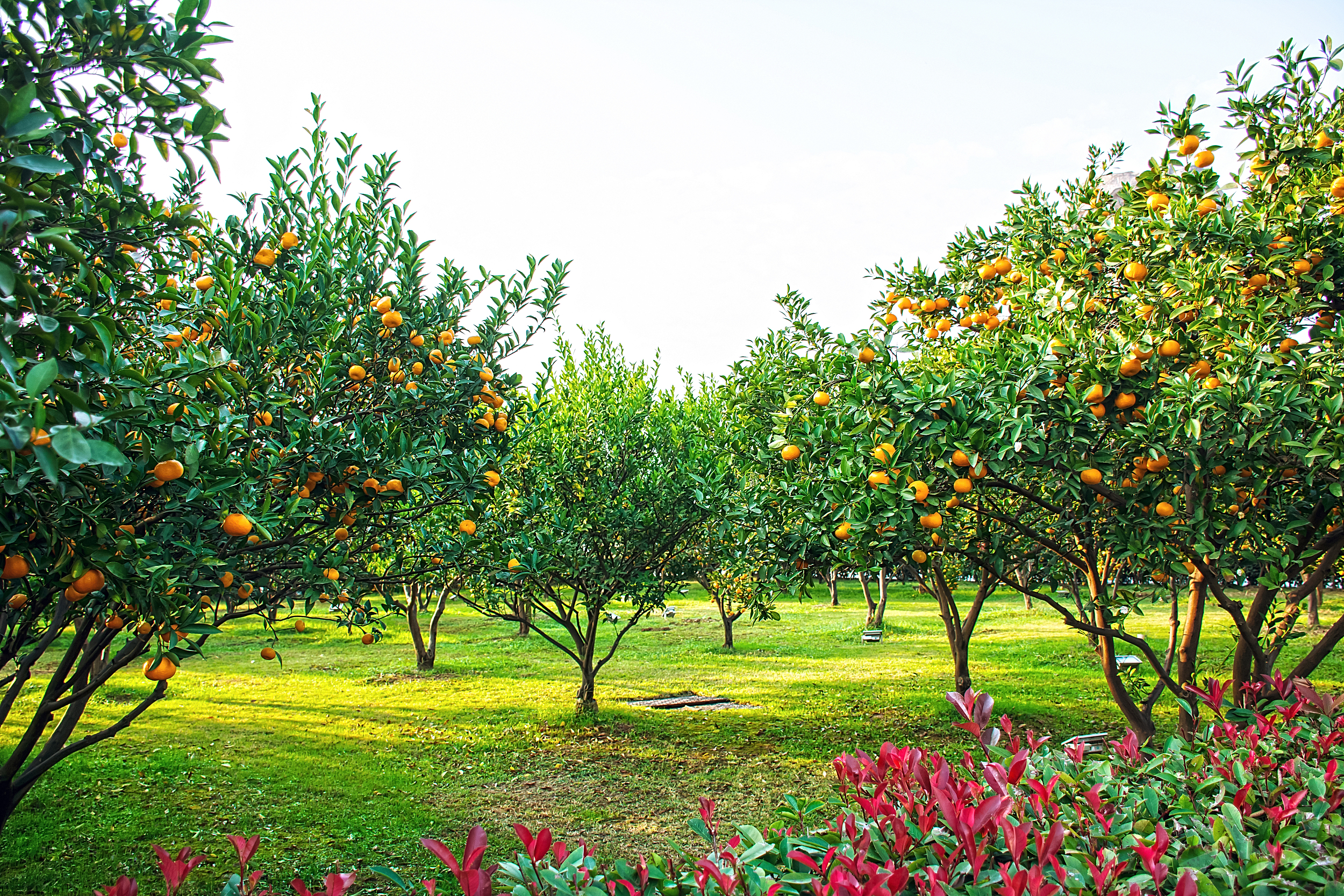Cultivation of Citrus in Ancient China
By BI Weizi

An orange orchard in orange island, Changsha, Hunan province. (PHOTO: VCG)
Citrus is a genus of flowering trees or shrubs in the Rutaceae family. Oranges, lemons, grapefruit, pomelos, and limes are all popular citrus fruits around the world for their rich nutritional content and aromatic fragrance.
Various citrus varieties have been used and domesticated by the indigenous cultures of South and East Asia, and Australia since ancient times, and it is difficult to pinpoint the true origins of these fruits, as much hybridization and introgression has been involved in the process of domesticating citrus species.
While Genomics of the origin and evolution of Citrus by Guohong Albert Wu suggested that the center of origin of citrus species was the southeastern foothills of the Himalayas, including western Yunnan, on the basis of genomic, phylogenetic and biogeographic analyses. This postulation, which was also supported by many ancient literary works, such as Shangshu (Classic of History), which is a collection of rhetorical prose attributed to figures of ancient China dating from the 10th century BC, when citrus fruits were so rare and prized that they were only available for the imperial court.
During the Tang (618-906) and Song (960-1279) dynasties, citrus cultivation became an industry in Jiangsu, Zhejiang and Sichuan, and cultivars such as lemon, tangerine, mandarin, pomelo and orange were established. Fruit tree pruning, pest prevention and control, fruit harvesting, storage and other related technologies had also reached a fairly advanced level.
Citrus was introduced to the West by the Arabs in the 12th century, and later spread rapidly throughout the world during the great geographical discovery period. Through continuous selection and breeding by horticulturists in different countries, thousands of varieties have been produced. Currently, China is the second largest producer of citrus fruits.






